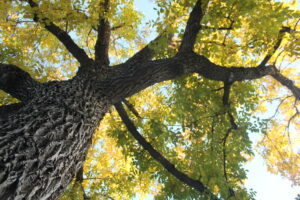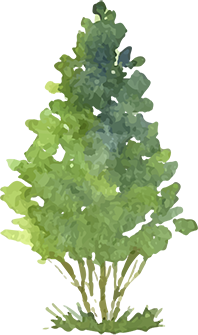Be A Smart Ash

The Emerald Ash Borer (EAB) is an invasive beetle that threatens to kill 15% of Denver’s trees – some 330,000 ash trees that line our streets and shade our yards. That’s an annual value loss of $18.3 million in environmental benefits provided by trees, including cleaner air and water, absorption and storage of greenhouse gases, flood control, enhanced property value, wildlife habitat, energy conservation, cooling of the urban heat island, and a host of physical, psychological, and social benefits.
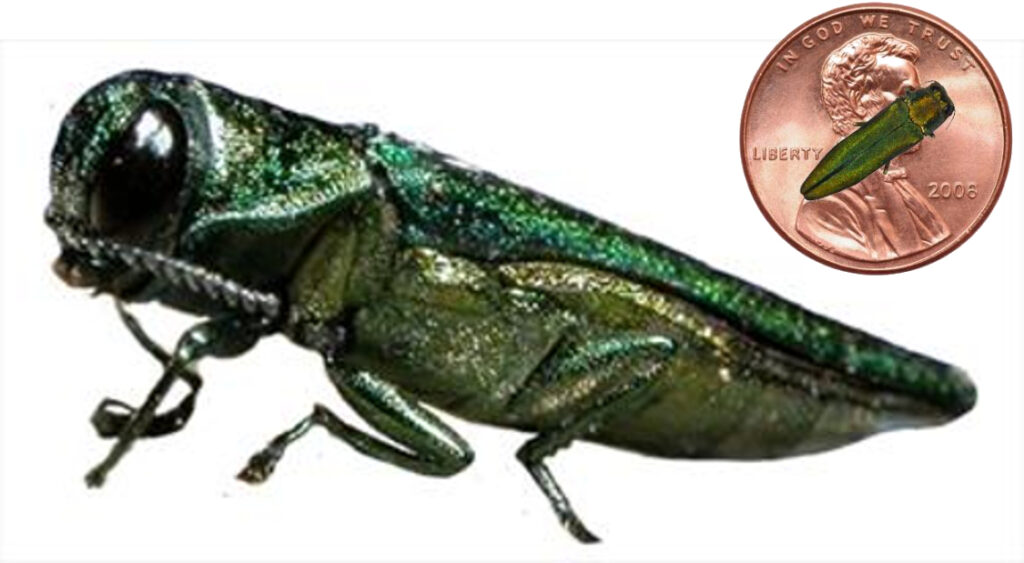
EAB has killed 50 million trees in 28 states in the East and Midwest, costing communities billions of dollars in tree treatment, removal, and replacement.
The tiny green beetle was first discovered in Boulder in 2013, where its spread is extensive. It was detected in Longmont in 2016, and, while it has not yet been discovered in Denver, many experts believe it is likely already here.
A street lined with ash trees in Toledo, Ohio following Emerald Ash Borer infestation. Highlighting the importance of planting diverse species rather than monocultures of a single species, which has led to stands of dead ash in this neighborhood. Credit: Daniel A. Herms, The Ohio State University.
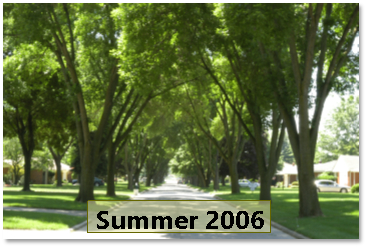
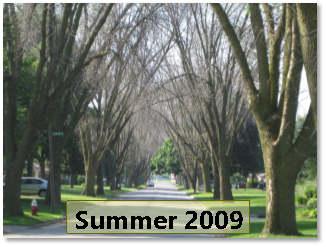
EAB presents a serious and daunting challenge. But we have hope – and a strong plan. The City Forester’s Emerald Ash Borer Response Plan incorporates lessons learned from communities throughout the East and Midwest. Denver is taking a strong, proactive leadership role on this issue, and communities across the country are watching with great interest. The City is treating select large and healthy right-of-way ash trees that can still benefit our communities for decades to come. They are removing small and unhealthy ash trees that should be replaced rather than treated, and they launched Be A Smart Ash, a fun, large-scale awareness campaign to educate the public.
One of the most important components of the plan is the proactive planting of new trees to reduce the impact of the eventual loss of 330,000 ash across Denver. The City is partnering with The Park People to mobilize hundreds of volunteers, residents, and community groups to raise awareness and get new trees planted throughout our community. You can get involved!
Get Involved!
- Become an Ashvocate and volunteer for the cause.
- Learn more about Emerald Ash Borer, identify if you have an ash tree, or apply for a free street tree now at BeASmartAsh.org
- Other Resources from Be A Smart Ash: learn how to prevent Dutch Elm Disease
- Apply for free and affordable street and yard trees through our spring distribution: visit our Denver Digs Trees webpage. Donate to support free and affordable trees.
- Inquire about Sponsorship Opportunities & Benefits; contact mackenzie@TheParkPeople.org
EAB Fast Facts
- Non-native wood-boring beetle from Asia
- EAB adults lay eggs on ash trees. Larvae tunnel underneath bark, feeding on water-conducting tissues, slowly killing the tree
- Kills weak and healthy trees, young and mature, and all major North American ash species, including all White and Green Ash varieties
- Kills trees within five years unless treated with pesticide
- Spread by the movement of infested ash trees and wood, e.g. firewood, packing material
- Typically is not found in a community until 3-5 years after pest first arrives
- Has devastated ash tree populations in mid-western and eastern U.S. and Canadian cities, killing tens of millions of trees and costing communities billions of dollars
- Has not been found in Denver yet, but experts believe it is very likely already here


